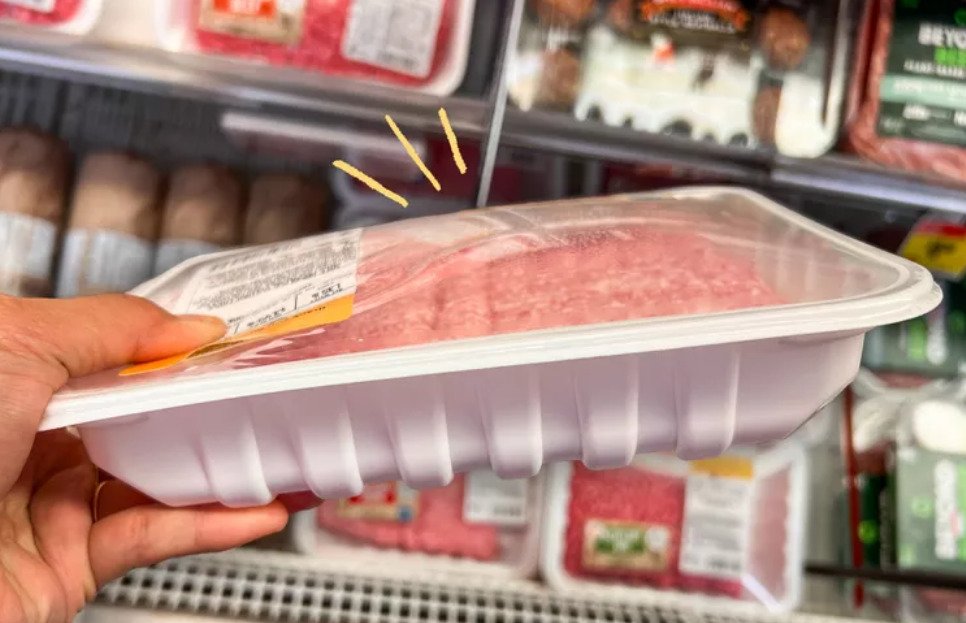Unraveling the Mystery of Bloated Packaging
Purposeful Inflation Sometimes, bags of chips may seem overly puffed up with air, but this is often intentional. The extra air acts as a cushion to protect the chips from getting crushed during transportation, ensuring they remain crispy.
Airless Packaging In contrast, perishable items like cheese and sausages are often packaged without any air. This absence of air helps prevent the growth of harmful microorganisms, maintaining the freshness and safety of the products.
Interpreting Bloated Packaging
Gas Production Bloated packaging doesn’t necessarily mean the food has gone bad. It can be caused by gas production, like carbon dioxide, by microorganisms in perishable foods. While some can cause spoilage or food poisoning, not all bloated packaging indicates unsafe food. However, it’s essential to exercise caution and follow food safety guidelines.

Identifying Affected Foods
Susceptible Foods Certain foods, particularly perishable ones like cheese and sausages, are more prone to bloated packaging. Dairy products stored in containers and canned goods may also exhibit bloating if compromised.
Ensuring Safety Measures
Preventive Measures
- Avoid Bloated Packaging: Steer clear of products with bloated packaging, as it may indicate spoilage or compromise.
- Proper Storage: Refrigerate perishable items promptly and store canned goods in a cool, dry place to maintain packaging integrity.
- Trust Your Instincts: If a food item appears excessively bloated, discard it, and refrain from consuming it if you have doubts about its safety.
- Check Expiry Dates: Always check the expiration date before consuming any food product.
Prioritizing Food Safety
Understanding the reasons behind bloated packaging and being aware of which foods are most susceptible can empower consumers to make informed choices. When uncertain, it’s prudent to prioritize food safety and avoid products with suspiciously inflated packaging.